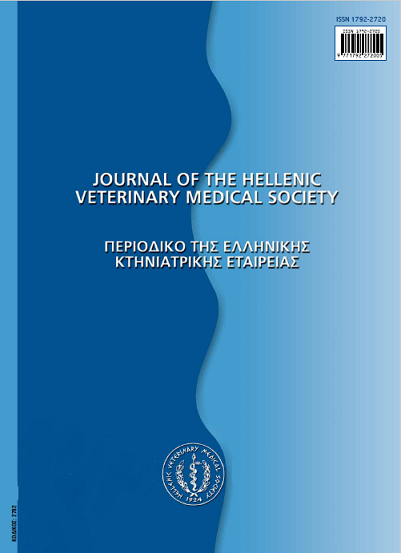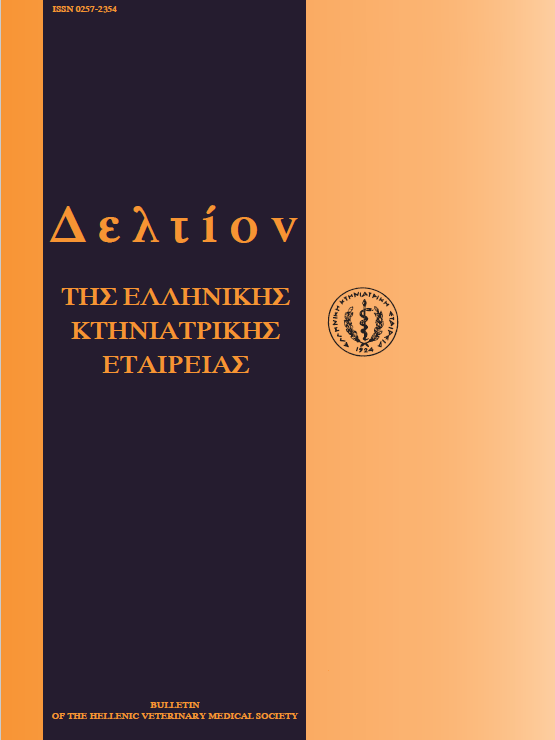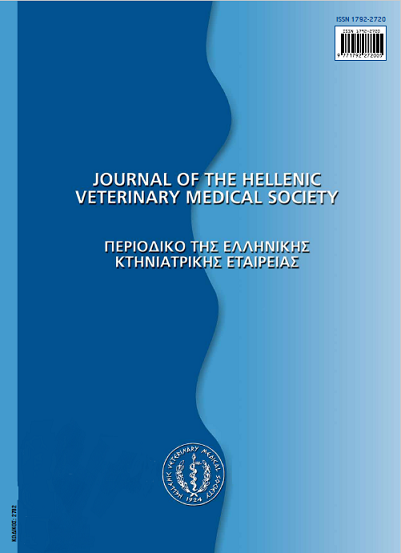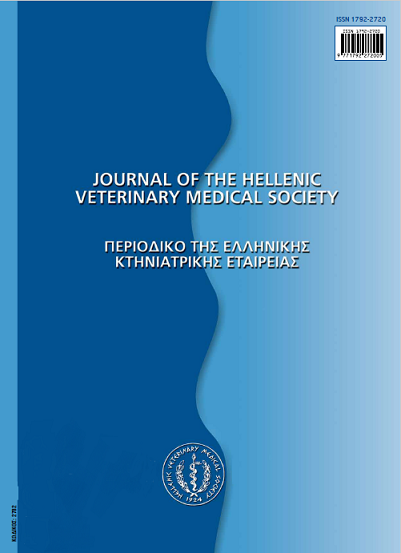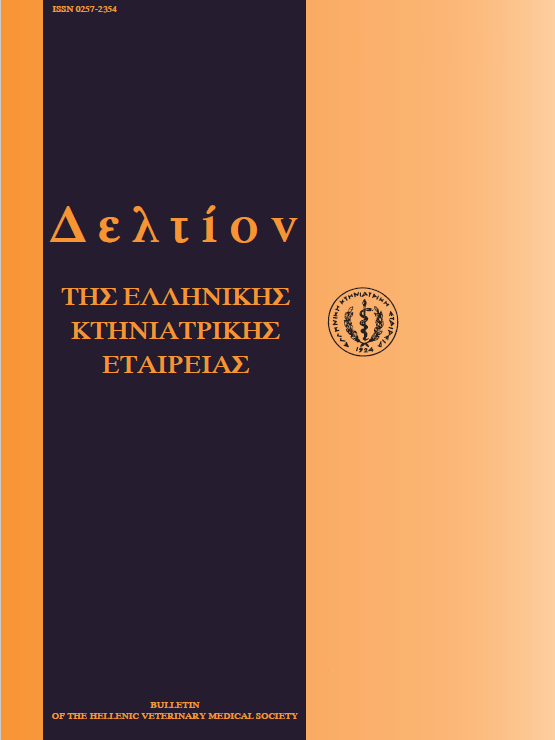Posterior ataxia-paraparesis syndrome in the large-breed dog
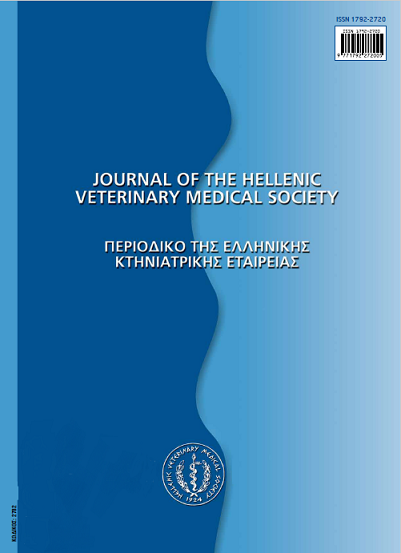
Abstract
The most common conditions associated with the posterior ataxia-paraparesis syndrome in large breed dogs are degenerative myelopathy, type II intervertebral disk disease, spinal cord neoplasms (extradural, extramedullary, intradural, intramedullary), cervical vertebral malformation-malarticulation, lumbosacral spondylopathy, diskospondylitis and distemper myelitis. These progressive myelopathies, which are often seen in aging dogs, are characterized clinically by posterior ataxia and UMN and/or LMN paraparesis that may result in paraplegia late in the course of the disease. In a certain number of cases the clinical picture is further deteriorated by concomitant hip dysplasia associated with osteoarthritis. Spinal radiography of myelopathic dogs may reveal spondylosis deformans or dural ossification to which their clinical signs could be erroneously attributed. Lesions of the spinal cord are localized and their etiology is determined with the aid of radiography, myelography, CT or MRI, CSF analysis and electrodiagnostic examination (somatosensor evoked potentials, electromyogram). In general, the various therapeutic modalities (decompressive surgeries, medication, exercise, physical therapy, avoidance of the complications associated with prolonged recumbency) usually applied in these cases are also discussed.
Article Details
- How to Cite
-
POLIZOPOULOU (Ζ. Σ. ΠΟΛΥΖΟΠΟΥΛΟΥ) Z. S., KOUTINAS (Α.Φ. ΚΟΥΤΙΝΑΣ) A. F., & KOUTINAS (X.Κ. ΚΟΥΤΙΝΑΣ) C. K. (2018). Posterior ataxia-paraparesis syndrome in the large-breed dog. Journal of the Hellenic Veterinary Medical Society, 53(2), 119–131. https://doi.org/10.12681/jhvms.15368
- Issue
- Vol. 53 No. 2 (2002)
- Section
- Research Articles

This work is licensed under a Creative Commons Attribution-NonCommercial 4.0 International License.
Authors who publish with this journal agree to the following terms:
· Authors retain copyright and grant the journal right of first publication with the work simultaneously licensed under a Creative Commons Attribution Non-Commercial License that allows others to share the work with an acknowledgement of the work's authorship and initial publication in this journal.
· Authors are able to enter into separate, additional contractual arrangements for the non-exclusive distribution of the journal's published version of the work (e.g. post it to an institutional repository or publish it in a book), with an acknowledgement of its initial publication in this journal.
· Authors are permitted and encouraged to post their work online (preferably in institutional repositories or on their website) prior to and during the submission process, as it can lead to productive exchanges, as well as earlier and greater citation of published work.



